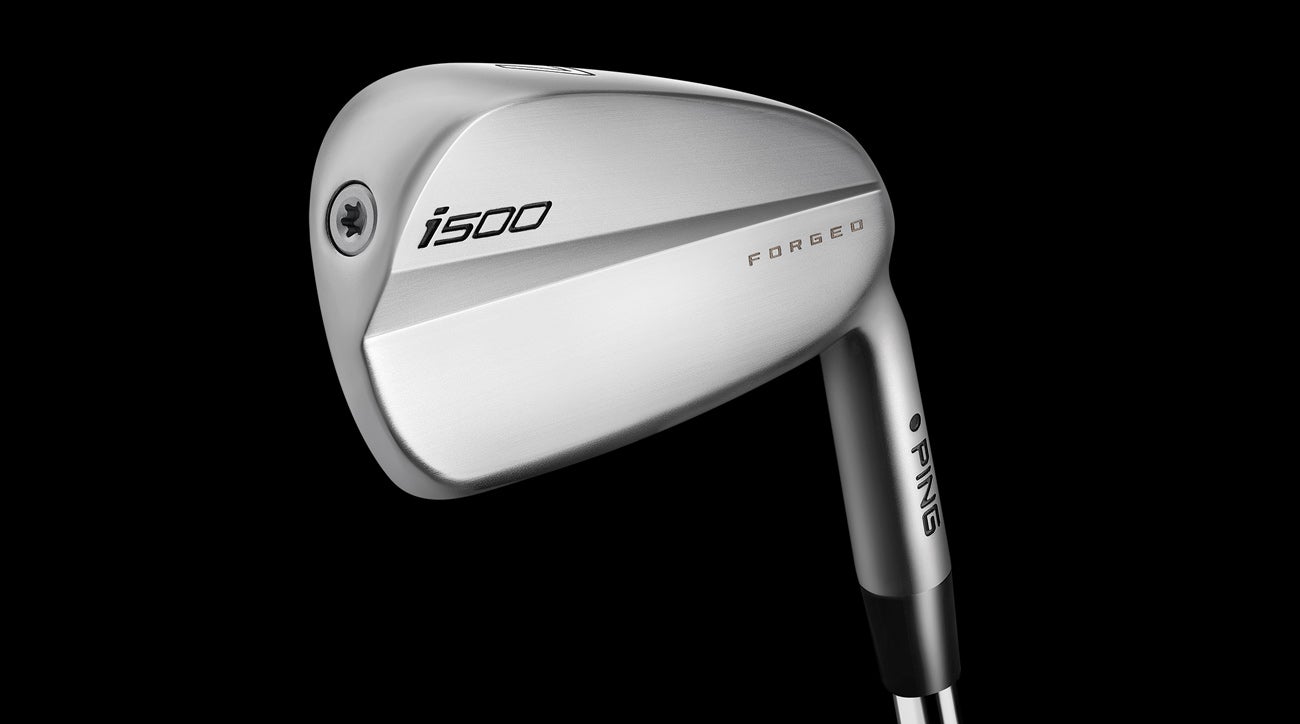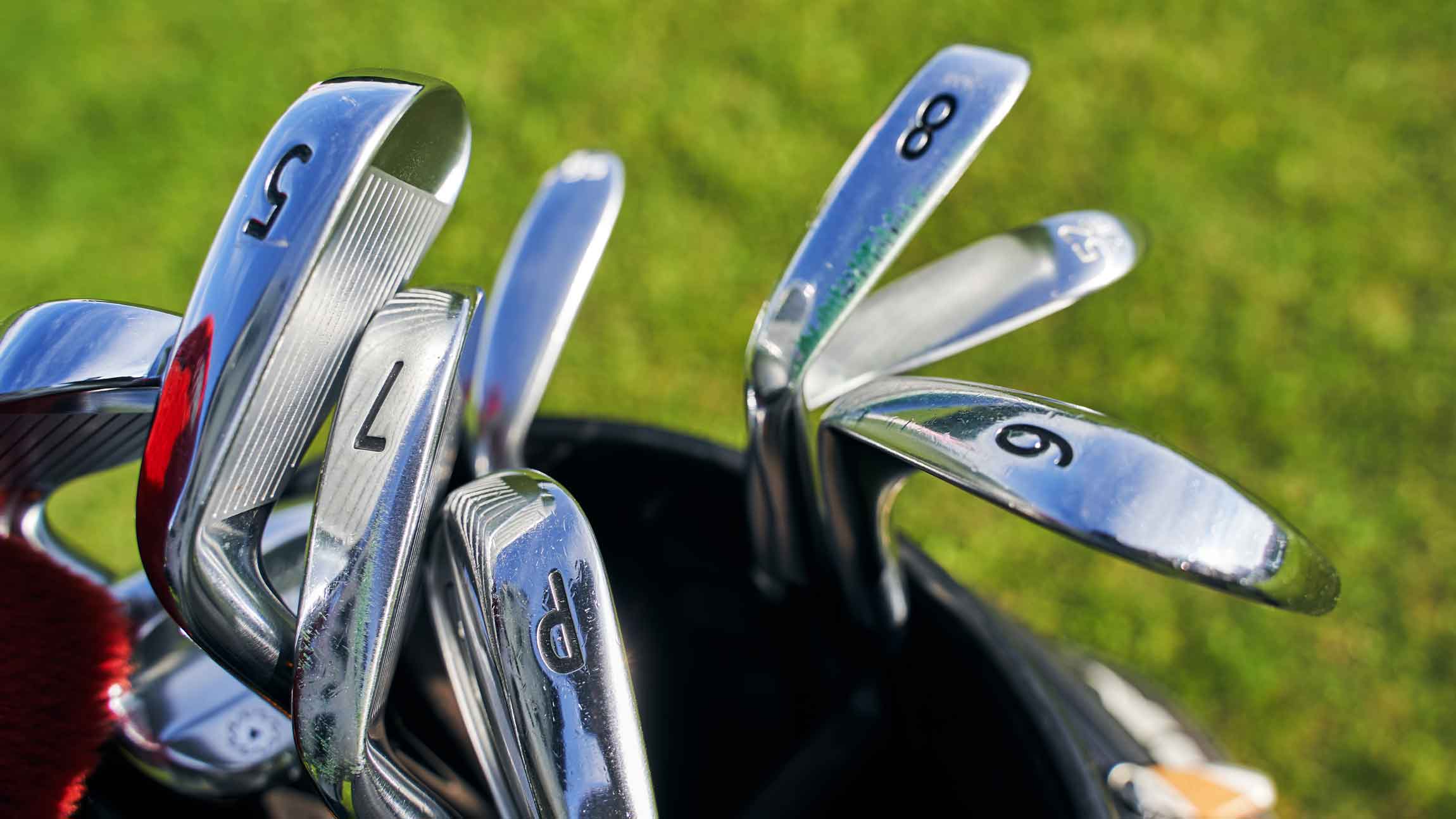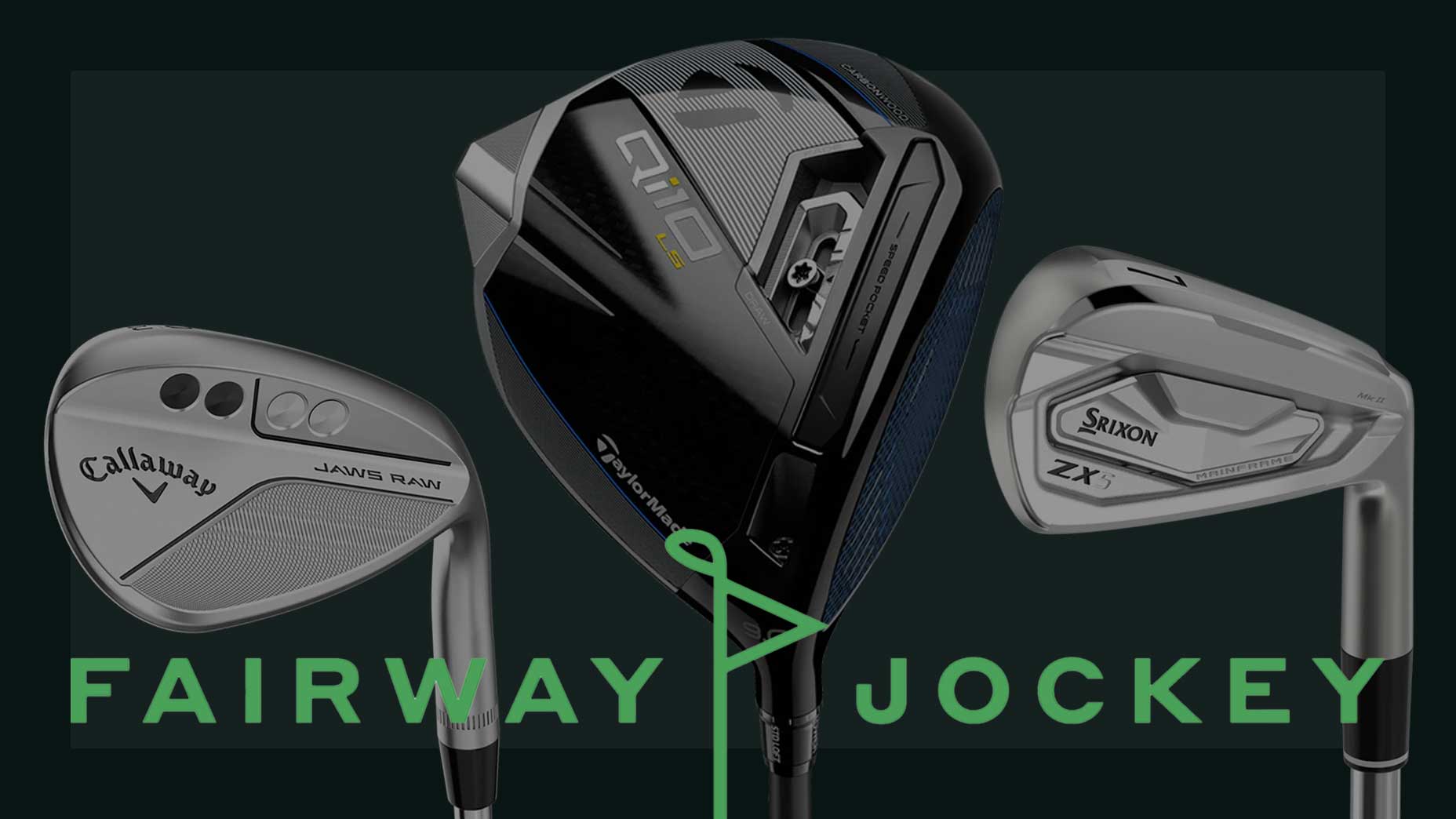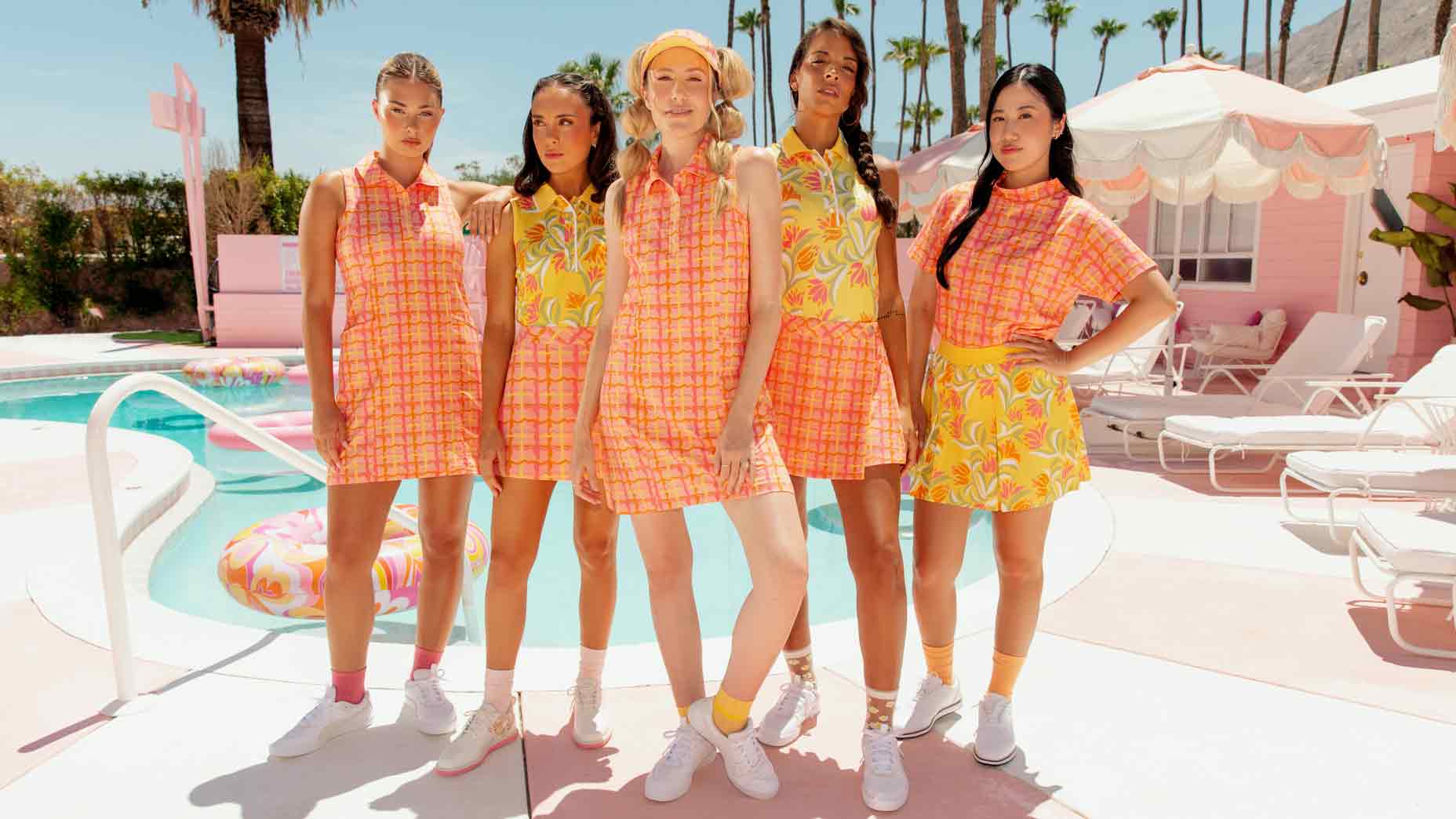Each month, we tap experts from the equipment industry to answer your most commonly asked questions. In this installment, Marty Jertson, director of product development at Ping Golf, explains the meaning of “forged” irons and their place in the modern game.
Q. Is there any real difference in the value or performance of forged vs. cast-iron construction in modern clubs? Mac, via Twitter
The definitions of what cast and forged mean have definitely changed over the years.
The traditional one-piece iron, which was the only design available in the past, didn’t have flexible face inserts, vibration-dampening technologies, or additional high-density weighting. As such, you could build them by casting or forging them, and people chose them primarily by look and feel.
A CUSTOM CLUB FITTING IS THE ONLY WAY TO BUILD THE PERFECT SET
Considering that most modern irons feature multimaterial construction, it’s more important to weigh performance over how the different parts are manufactured.
This is particularly important, because multipiece irons — like those with flexible face inserts — often require a variety of methods to produce. As such, the question of forged or cast in irons is really not something most players need to worry about.
— Marty Jertson, Director of Product Development/Ping Golf








